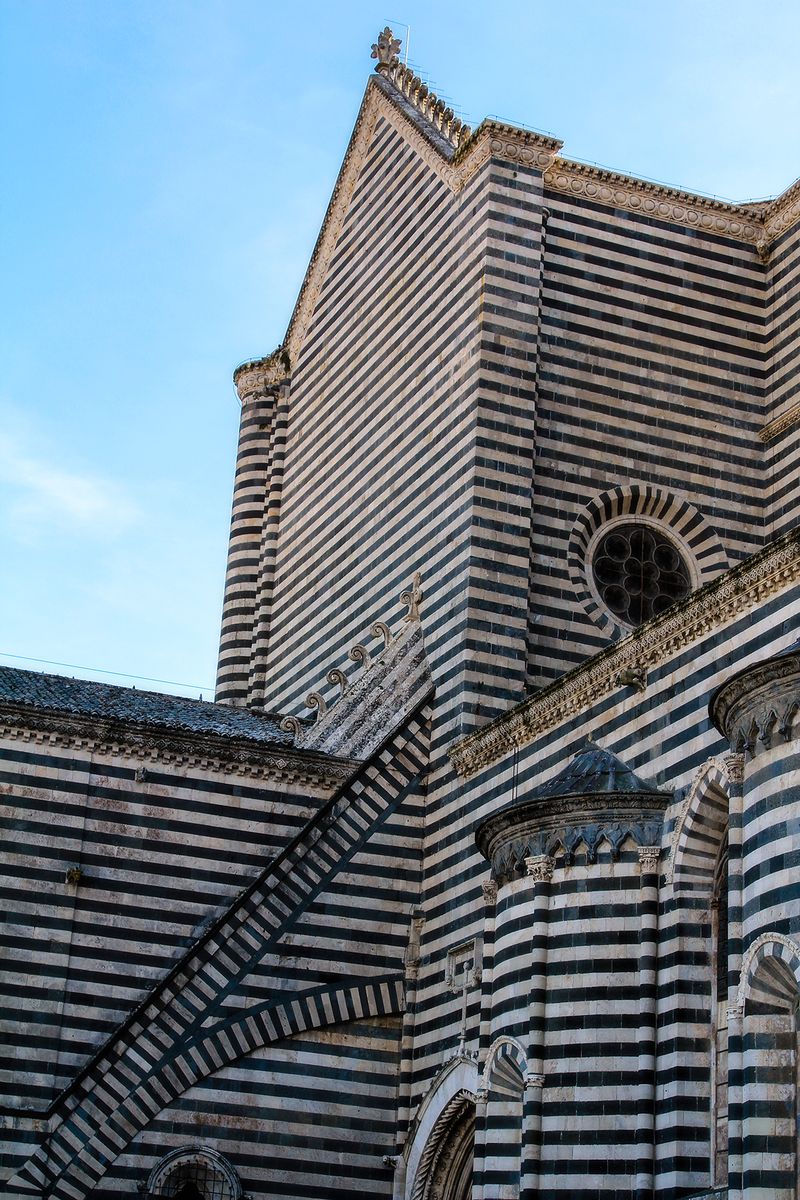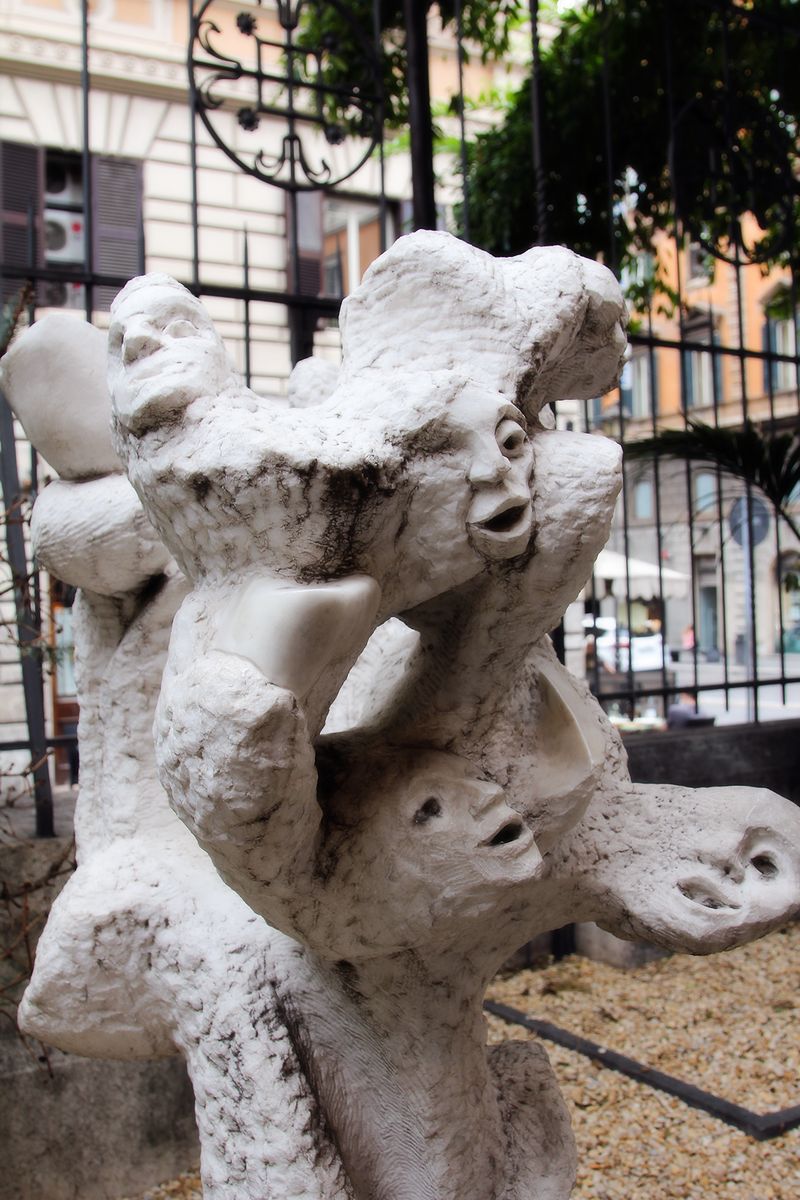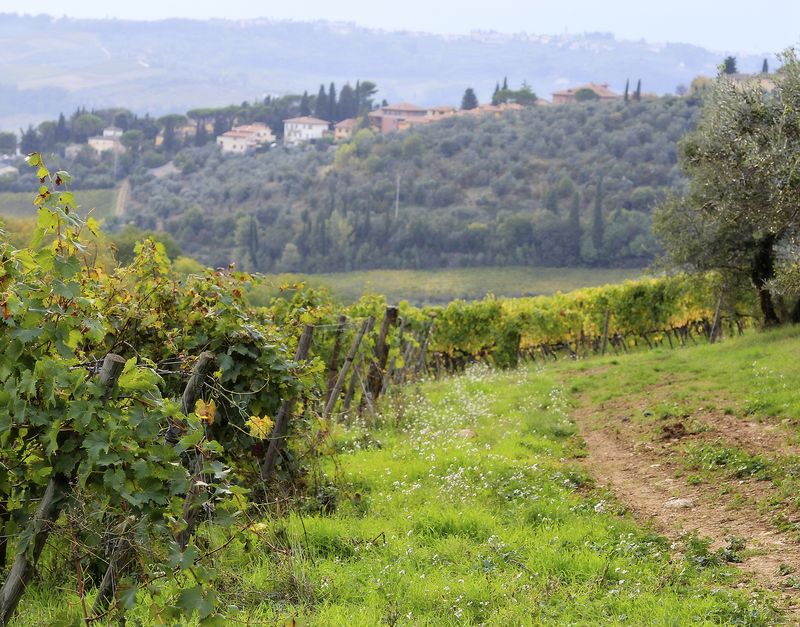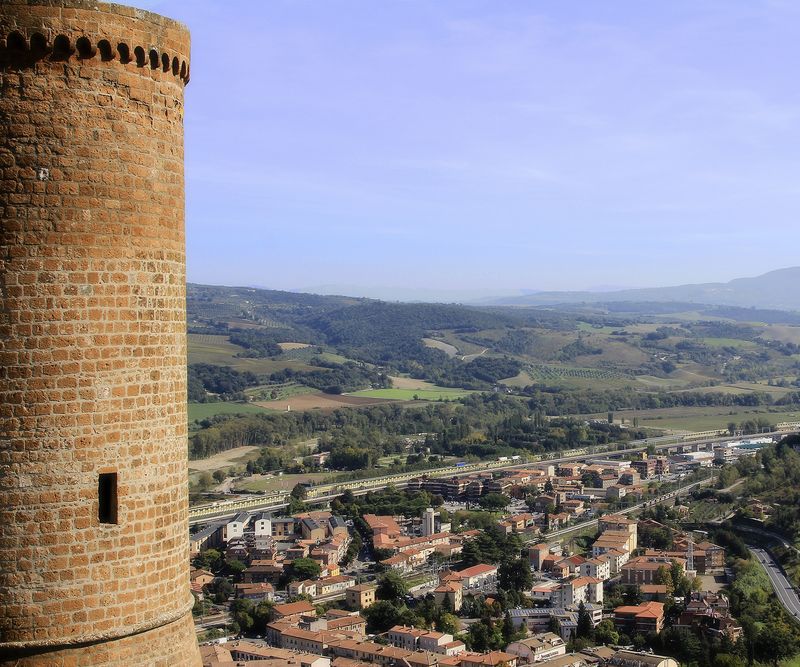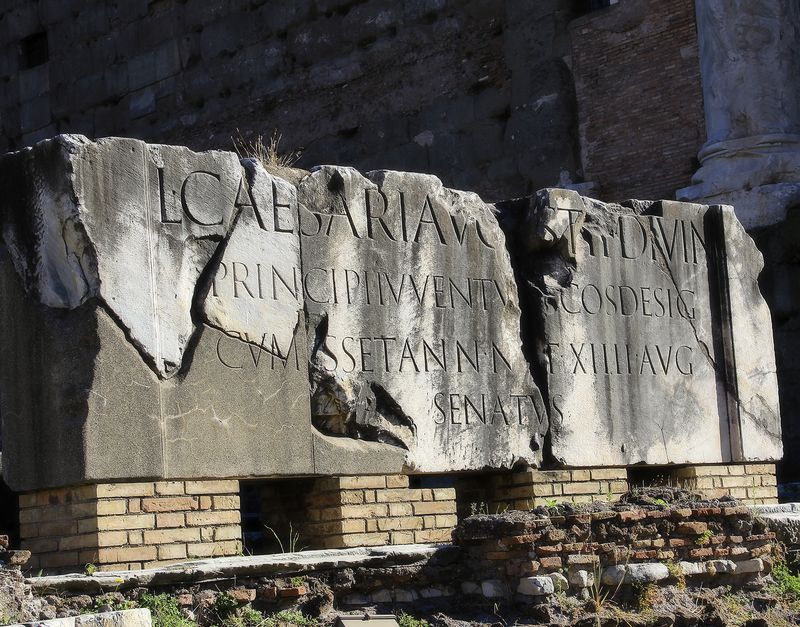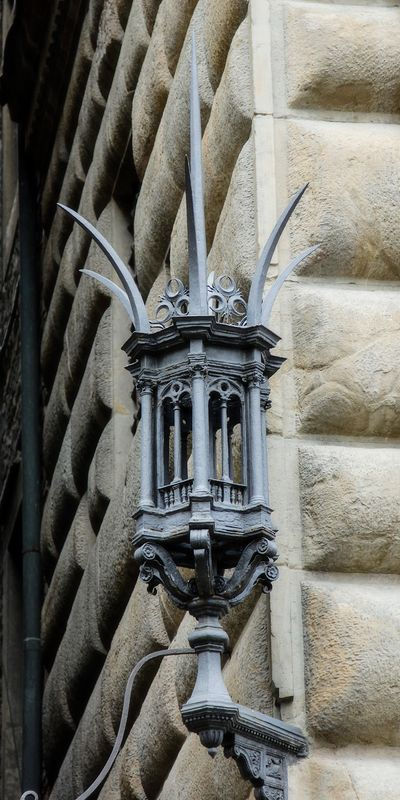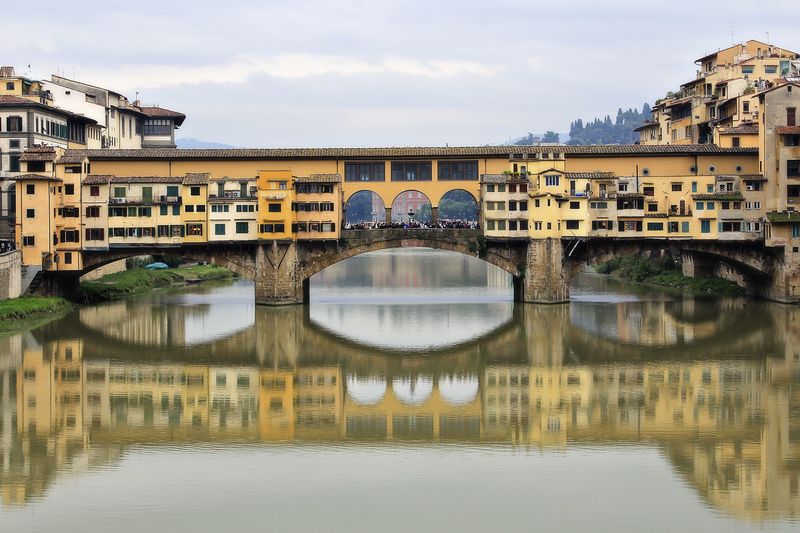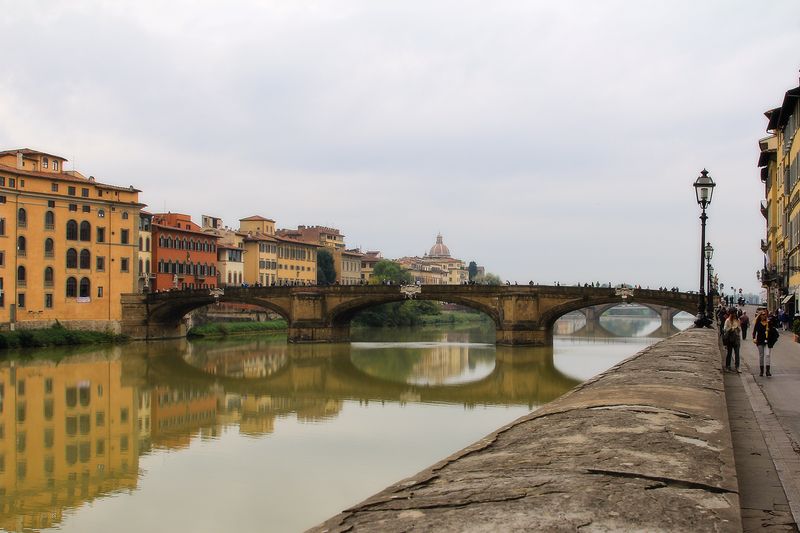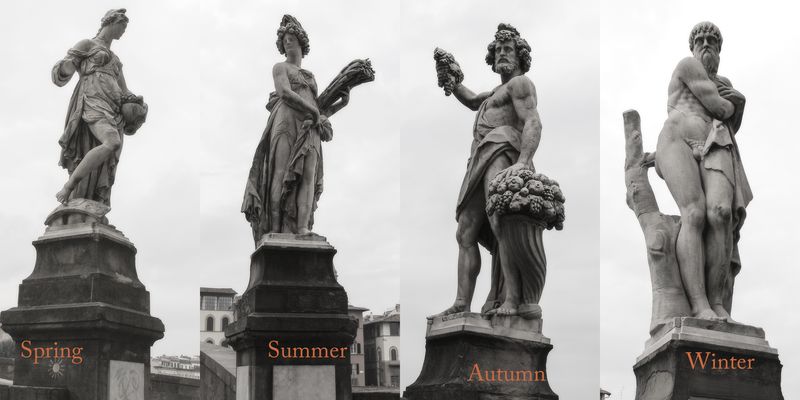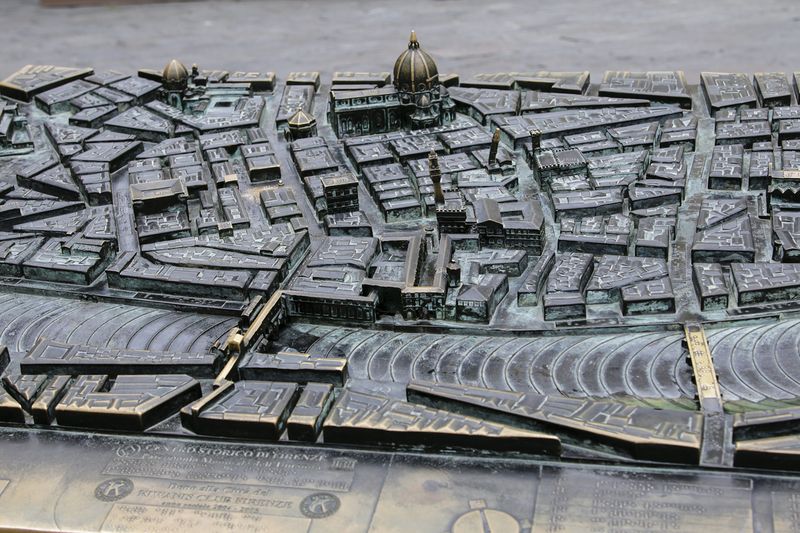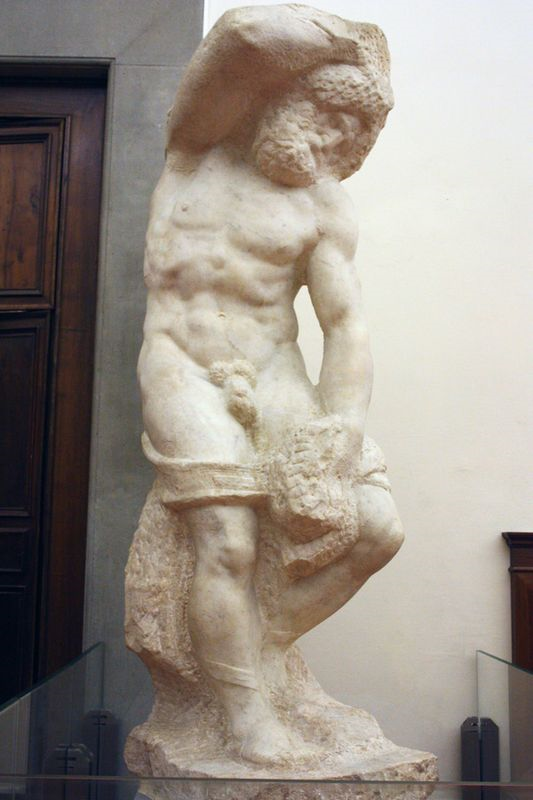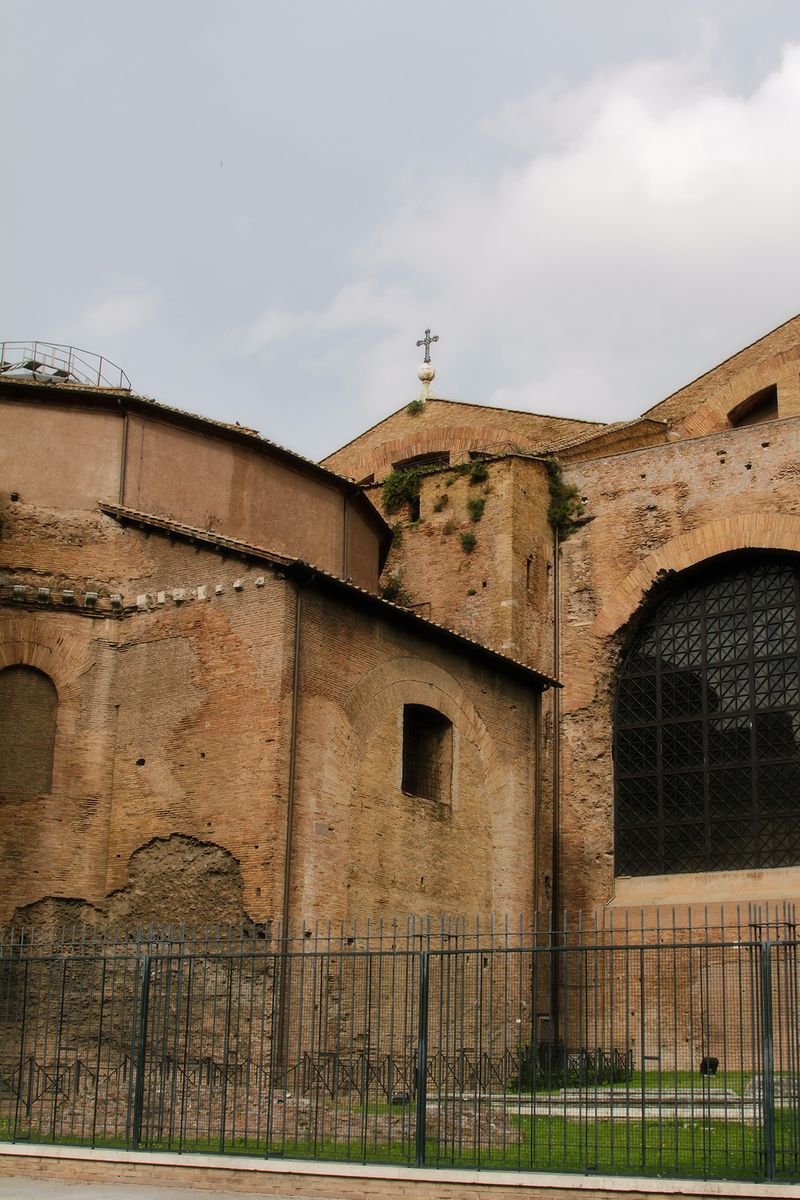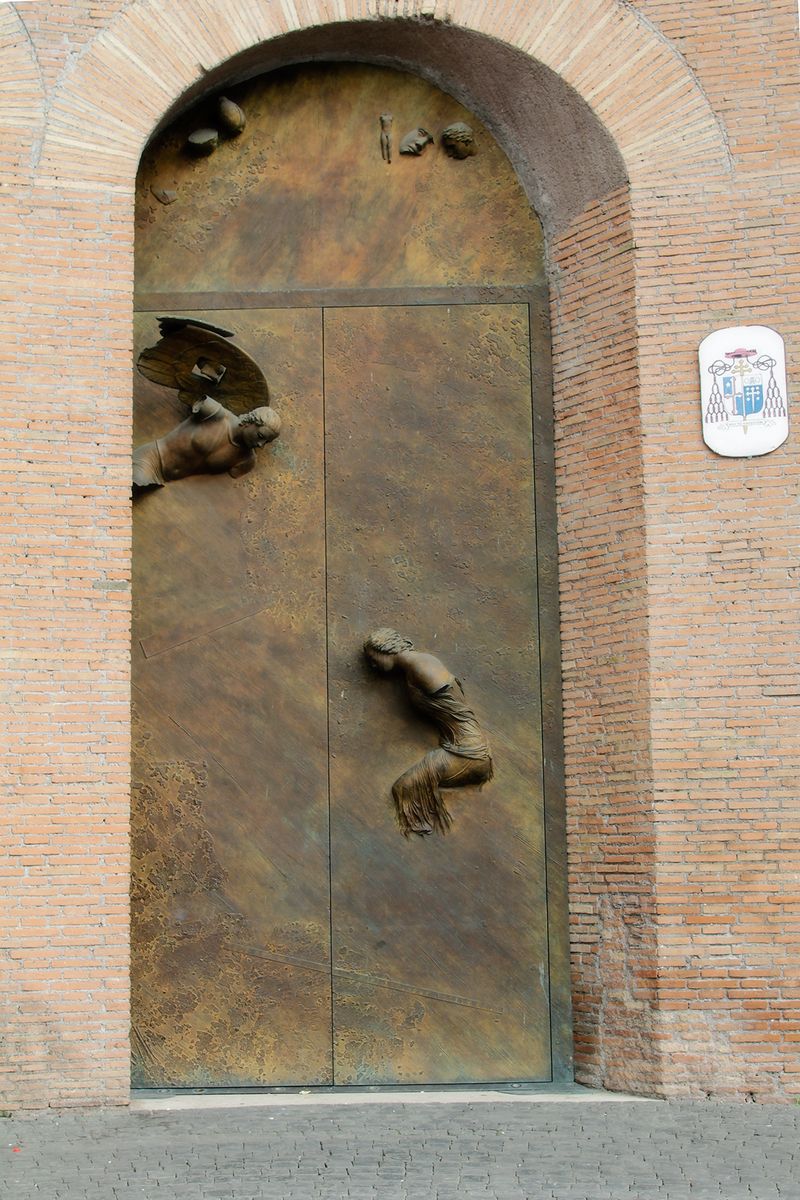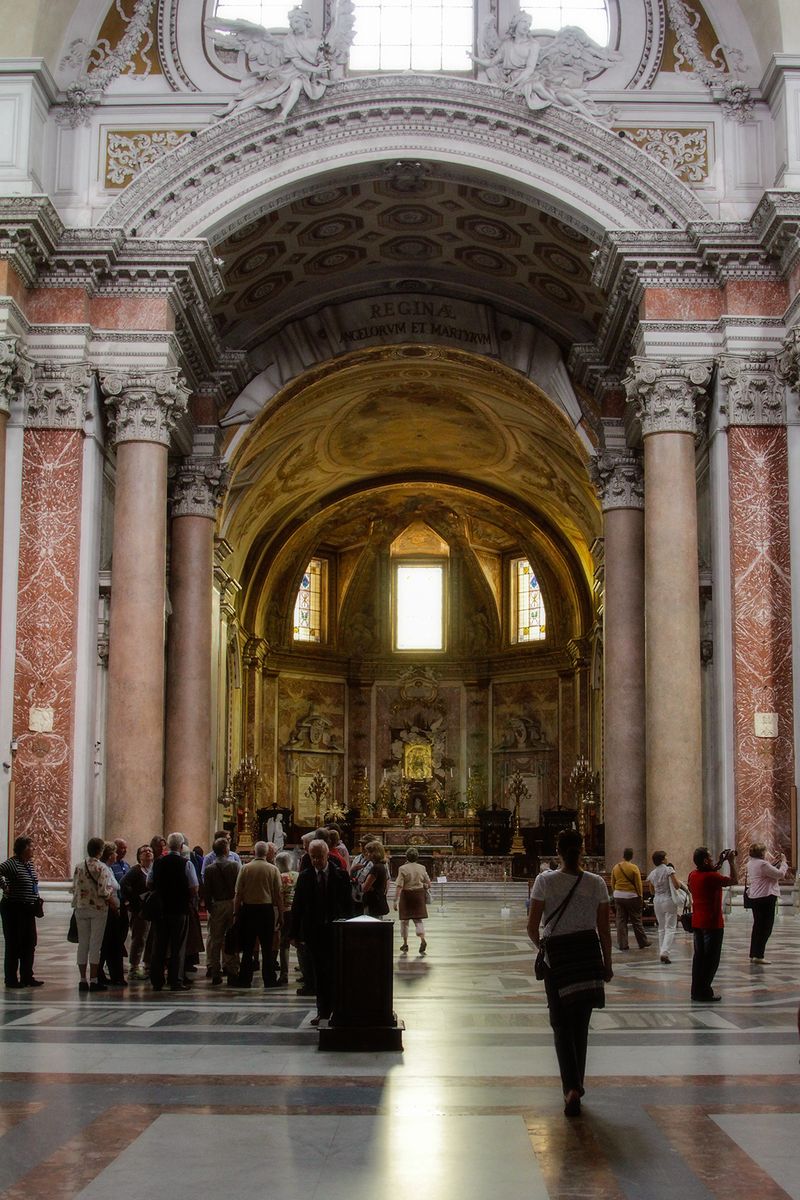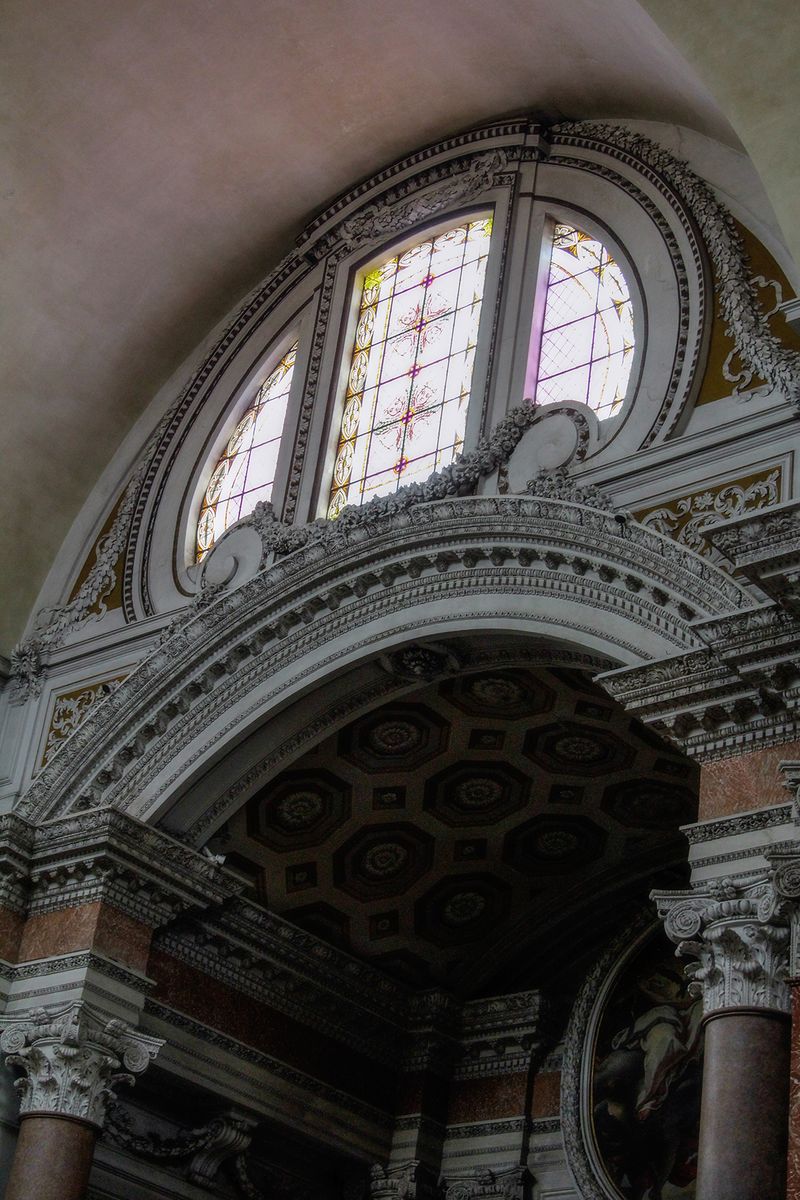on Not Drinking the Wine (a story from Italy)
Friday, May 01, 2015
When my mom and sisters and I went to Italy 18 months ago (how was it 18 months ago?), we went in an organized tour. There were about 25 of us, I think, and the four of us were the only practicing Mormons. I got the feeling that there were some opinions in the rest of the group about having the four of us along...you know, the weird, judgmental religious folks who never swear and always dress modestly and don't drink alcohol.
(Maybe it was just my own natural awkwardness in large groups that made me feel that way, and it wasn't ever overtly stated. It was just...something I felt and gathered by my other natural large-group behavior, which is clamming up and then watching everyone else mingle and laugh together and act like normal, functional social beings.)
It wasn't really a problem, of course, at least not for me. I liked almost all of the members of our group and had started to really enjoy them, hearing their stories and even sharing a few of mine. I hoped that they'd overlook my Mormonism and see me for the whole person I am, my religion being just a part of my identity. And it was fine until the night we had dinner at a Tuscan villa. The Corsini vineyard is an absolutely beautiful piece of the world—exactly what you'd imagine when you hear the words "Tuscan villa." An ancient house authentically restored (one day I will set a short story in the kitchen of that building) and a dim and cavernous cellar where the wine aged. They also had an olive grove and a little factory where they processed their olive oil.
We were served some of that olive oil with our dinner and it was perhaps the most extraordinary flavor I have ever tasted. Extra-virgin, of course, and with a wild sharpness I never knew existed in the world. I didn't want to dilute it by dipping bread into it. Actually, what I wanted to do was drink it. Just little sips. Or dip my finger into it, over and over.
The dinner was held at the vineyard's small restaurant; our group took up the entire loft space, filling the wide, wooden tables. It was far enough into the trip that we all felt like friends, so there was talking and laughing and telling of stories and sharing what we'd discovered in Florence earlier that day (what I discovered in Florence: a burning desire to return to Florence). The food was delicious, with that olive oil and a crusty bread, a cheese risotto that I will never forget, and a meat dish that might have freaked me out if I knew exactly what it was (I still don’t know).
Included with our meal were four glasses of the house wine, and because of that, there was a great kerfuffle when we all sat down; everyone wanted to sit by us because they knew we'd probably not drink our wine. More for them! As the meal started to be served, they started bringing the wine, each type served with different parts of the meal. And as each glass was brought out, and someone else asked if they could have mine, I grew more and more uncomfortable. I felt like my inside were writhing, as if my heart itself were shaking and my lungs rippling. I finally had to excuse myself and go find the bathroom, not because I needed it (it wasn't that kind of writhing) but because I had to get away.
Not from the wine. Not from the people drinking the wine. But from my perception of what the people drinking wine were thinking about me not drinking the wine.
I wanted, in fact, to stand in the middle of them and make a (sober) pronouncement. "I've gotten sloshed before!" I wanted to tell them. "I've been just as drunk as any of the rest of you. I’m really not a prude." I felt like they thought I was a foolish, innocent, manipulated adult acting like a baby. Not tasting what I imagine was some fairly delicious wine, simply because my religion told me I couldn't.
And that isn’t why I don’t drink.
I’m not a drinker because my sister is. Because I am missing an entire relationship in my life, because of alcohol and drugs. I’m not a drinker because yes: I am afraid of being an alcoholic. I haven’t forgotten—how that feels. How things hurt less, how it is to have a thing to turn to when all of the other things become unbearable. How sweet and lovely it is, to forget, to laugh, to drop what is too heavy right into the bottom of the bottle. I know myself, know my own proclivities for self-harm and the desperate need to feel blank. But I also know the other side of it, know that all too soon the blankness seeps into everything.
I would rather feel the hard parts than find the numbness has also invaded the good parts.
But what it felt like, that night in Italy, was that they felt my not drinking was a judgement against them. Which isn’t true. I know that we Mormons have that reputation—of being judgmental. But that is a blanket statement, one that is too small to cover all of us. Yes, there are many judgmental Mormons. There are racist ones, too, bigots, chauvinists. Just as there are in Catholic churches and Baptist ones, in the Jewish faith and the Muslim faith—in universities and hospital staff and the people who work at the grocery store.
We are not all uptight, judgmental people. We are many things. (The people in the church itself are, I think, finally beginning to learn this as well.) Mostly we are, like everyone else, just human. Imperfectly human. Some of us are open minded. Some of us question, wonder, and doubt. But we are all trying to find our way—the close-minded as well as the liberals.
I finally went back to the table. For a few minutes, I thought about drinking the next glass of wine the waitress brought me. I thought about proving it to the rest of them, that I wasn’t immature, that I wasn’t controlled by my religion, that I could choose whatever I wanted. My writhing finally settled, though, when I chose not to. If I am not immature, I am also old enough that I don’t need to impress anyone by drinking. And besides: what is the difference between me judging them for drinking (which I wasn’t doing anyway) and them judging me for not drinking?
So I didn’t drink. I gave my next glass of wine to someone, and the last one to someone else. I ate my delicious meal and I savored that olive oil—I did, I confess, dip my finger in, more than once—and I even managed to tell stories and laugh with the rest of them. Even sober.
A few days after the vineyard dinner, when we were walking through the horrid little ugly town outside of Venice where our hotel was, one of the group members put her arm around my shoulder and said “You know, when I heard that there would be Mormons in our group, I was a little bit worried. But I like you and your family. How did you all turn out so open-minded?”
I couldn’t speak for anyone else. In fact, I’m not sure that I even spoke well for myself. But what I told her is this: I have learned that my spiritual journey is just that: it is mine. My sisters’ are theirs, as are my kids’ and my husband’s and my friends’. I can hope to influence them. I can share what I believe. But I can only find the answers that are right for me, because that is all I have dominion over. This means that I have to find my own way. I doubt and question nearly everything, until I understand it. Or if I don’t understand it, I figure out how to fit it in my life, or sometimes how to not have it fit but still go on my way. (So much of any Christian religion is a distraction anyway, from the real point, which is learning and trying to be like Christ.) I am open minded because I think that each person is on his or her own journey, and it isn’t my place to direct them. Most of religion is us fumbling in the dark. It isn’t cut and dried, it isn’t black and white. It is choosing and navigating and falling and getting back up; it is entirely between us as individuals and God, and I can’t get in the middle of that. I can’t say that my choices are right for anyone else but myself.
But what I do know is that my meandering, hilly experience has brought me to some truths. These are my truths and I own them because I worked for them. They aren’t true for me because someone told me they were true, but because I thought, prayed, pondered, experienced, learned. Not being a drinker is one of those truths. I hope my kids can learn that from me rather than the hard way, but I also know that the hard way is sometimes the only way, and that some choices must be made and remade over an entire lifetime.
Maybe not all Mormons are like me. (That’s laughable. I am not much like many, many Mormons.) But not all of us judge. Not all of us think we are the only right answer. Not all of us fit the mold. And many, many more than others might think are choosing what we choose not because The Church told us to choose it, but because we decided. It is in the deciding that the power lies.
(This blog post written as a response to an interaction I had with a library patron today, who ranted at me for a good five minutes about how much she hates Mormons because "all they ever do is judge anyone.")




